Posts in Category: Wildlife
Photos, stories and ‘how I got the shot’ about birds and animals in the wild
Turkey Shoot – Photographing Wild Turkeys
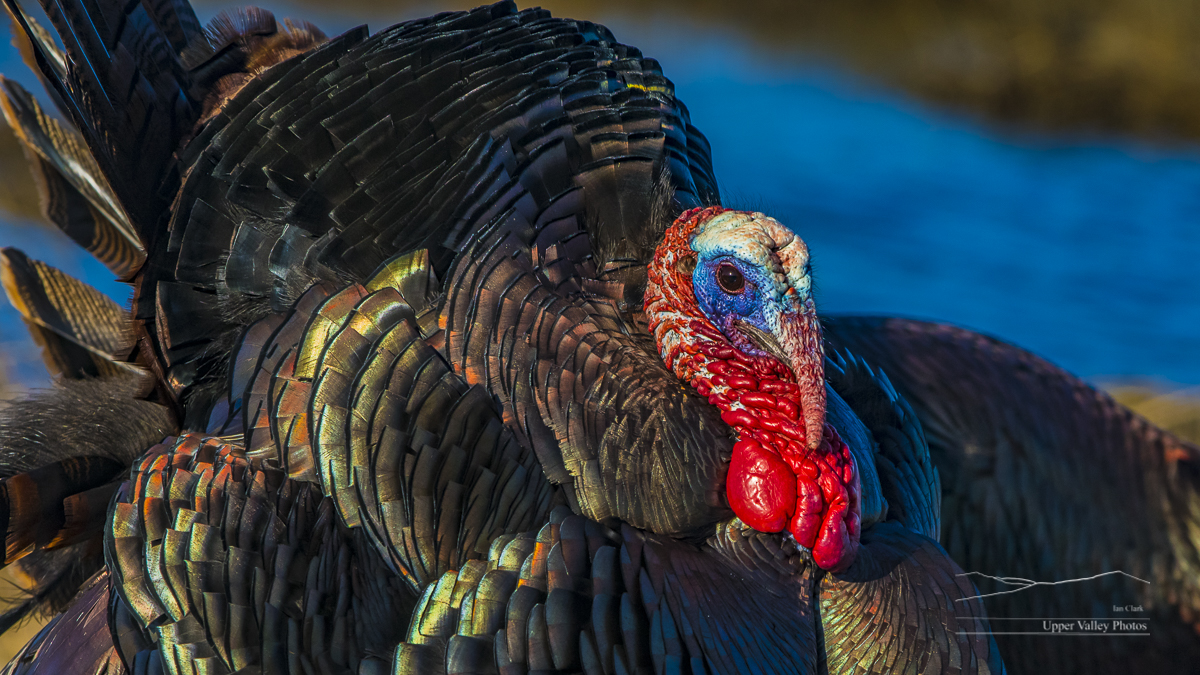

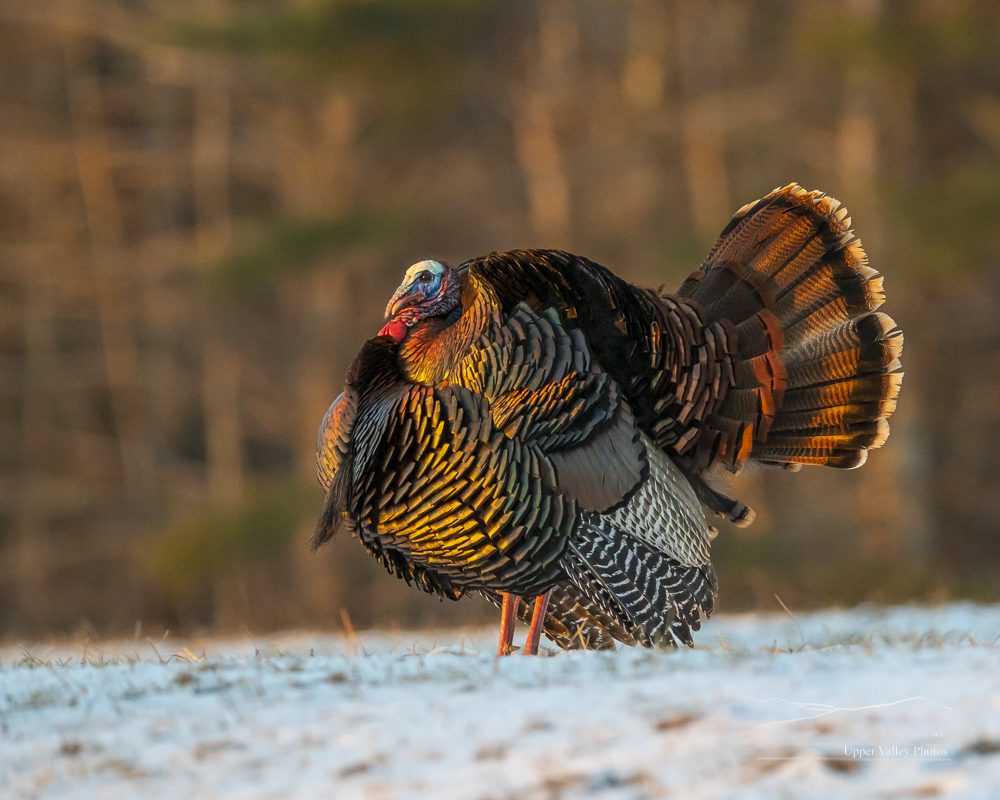
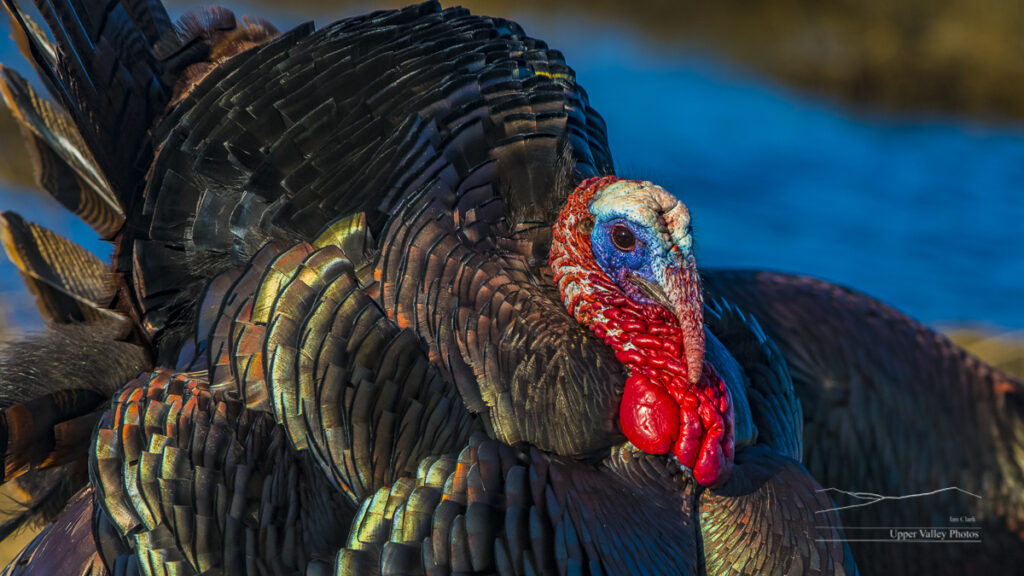
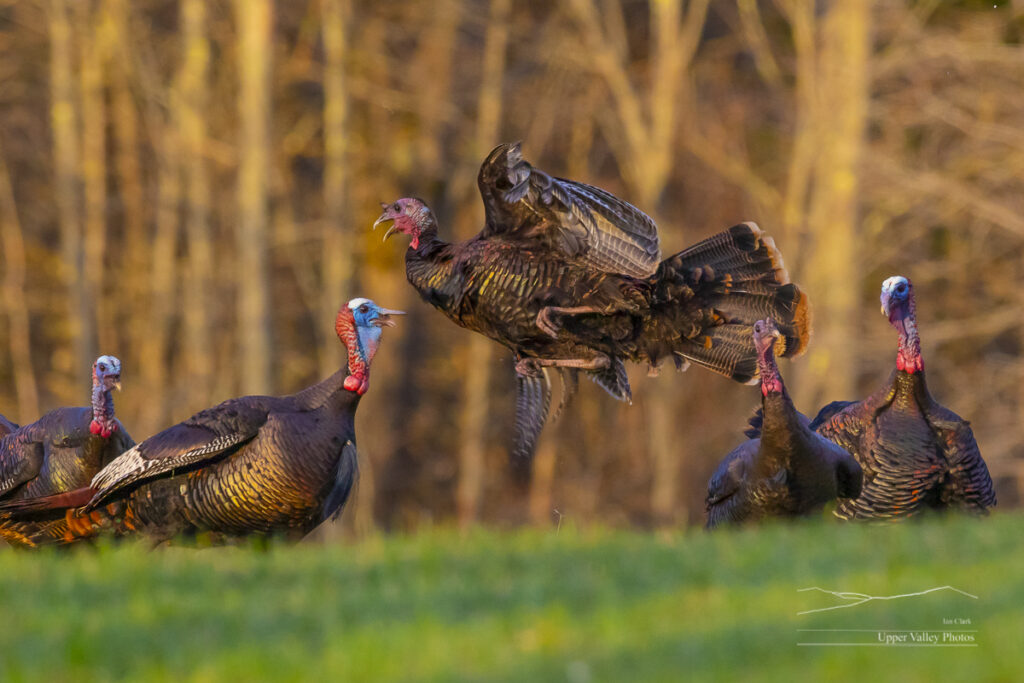
Wild turkeys are starting to strut here in Vermont. Strutting is a display by the males to attract the ladies. They’ll fan their tailfeathers and keep moving around to be in in front of the females. This is a great time to photograph them. Not only are the males showing their finery, but you’ll often see fights as the males try to drive each other away from the flock.
The light on turkeys makes or breaks the image. With low angle, early morning light, turkeys are iridescent and the male’s face and wattle are brightly colored. Wait a few minutes after sunup and they appear a drab brown. Shooting just after dawn is critical.
Finding turkeys is relatively easy. They’re sort creatures of habit. You’ll usually find a flock working through the same field(s) every morning. They roost in trees come dusk. You can hike along the edge of the field you’re planning to shoot the evening before to see where they’re roosting to give you an edge the next morning.
Turkeys are hunted regularly and are very wary of people. For the best photos, you’re going to need a blind. Fortunately, there are lots of blinds made for turkey hunters. They’re perfect for photography. If you have to hike in to your spot, a chair blind is easy to carry. If you’re shooting not far from your car, a larger tent style blind gives you more room. (Vermont is still chilly, having more room to pour some tea out of my Thermos is a big plus.)
You’ll want a relatively high, 1/1000th or faster, shutter speed to be ready when the kerfuffles start. Mounting your camera on a tripod with a ball or gimbal head saves the hassle of holding the camera and lets you pan to the action.
Be sure to check your local hunting laws, you don’t want to be in the field with hunters. If you’re on private land, you can usually coordinate with the landowner to keep you and the hunters apart.
So, get out and get some turkey pix. If you’re timing it right, you’ll be home early enough for a good breakfast.
Loon Chicks at Ten Weeks, September 7, 2021
Our loon chicks are now about ten and a half weeks old. I had a chance to catch up with them this morning. Both chicks seem to be doing well. They’re growing fast. Both are feeding on their own – as well as pestering their parents for food.
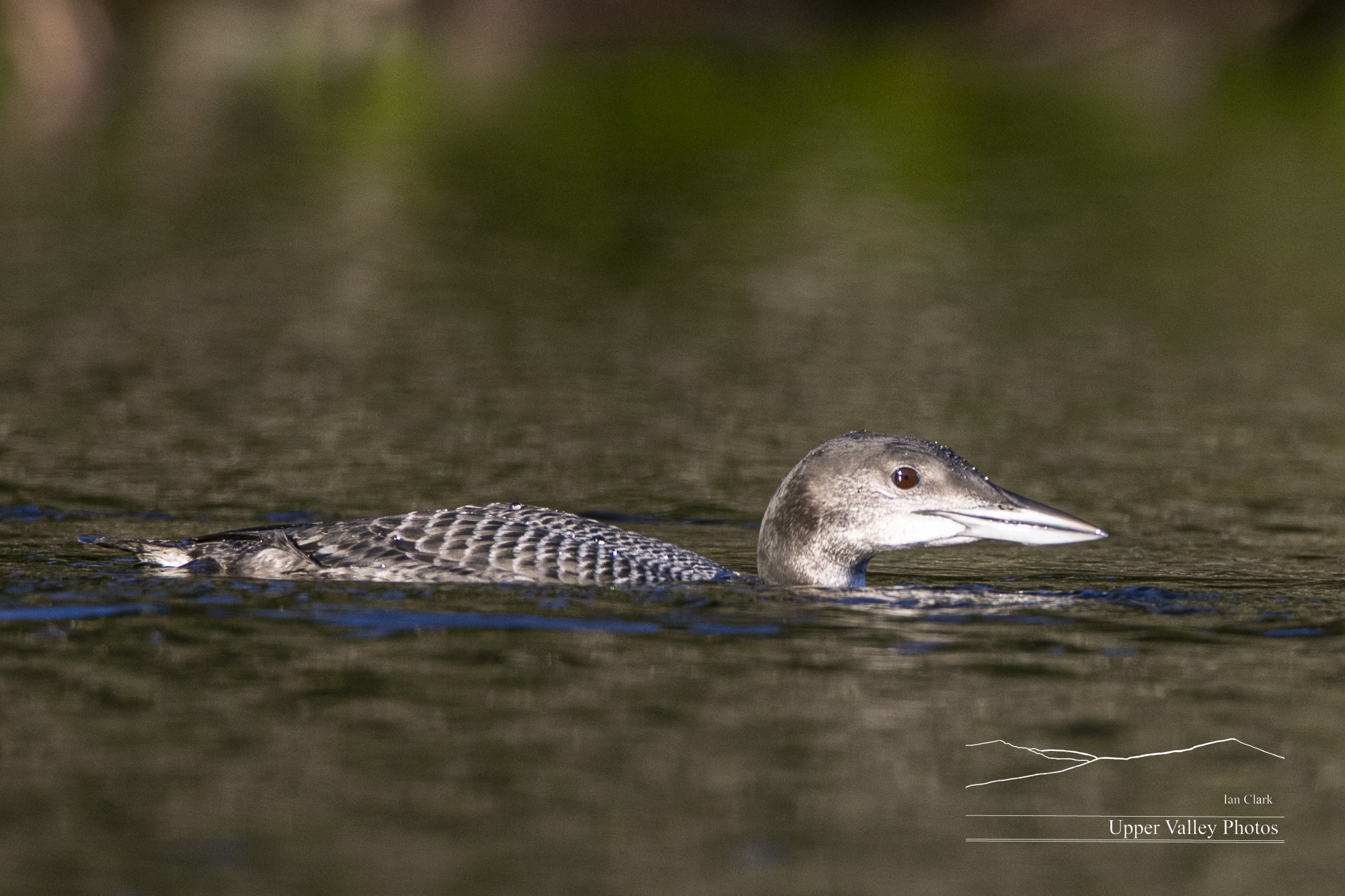

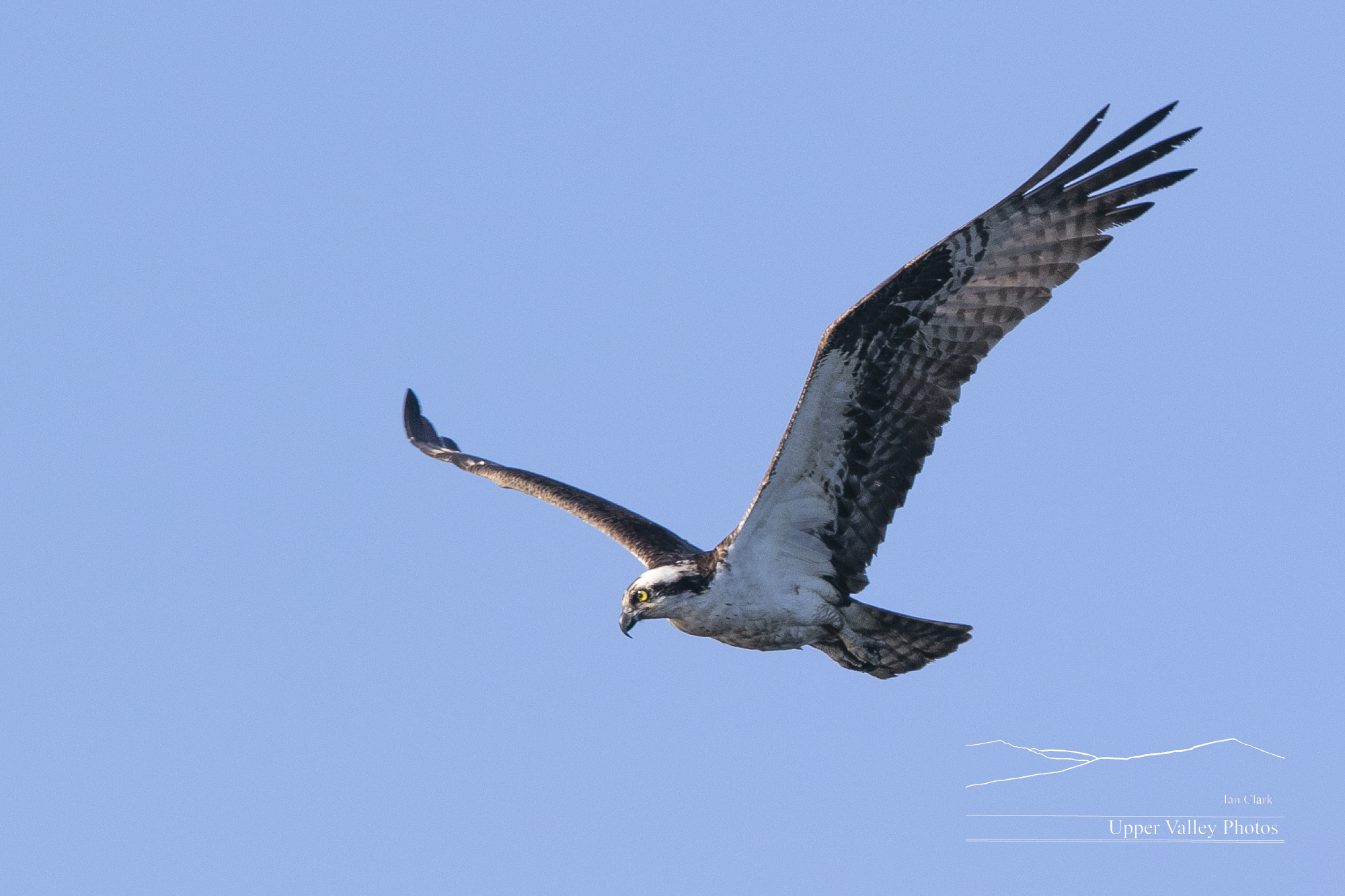
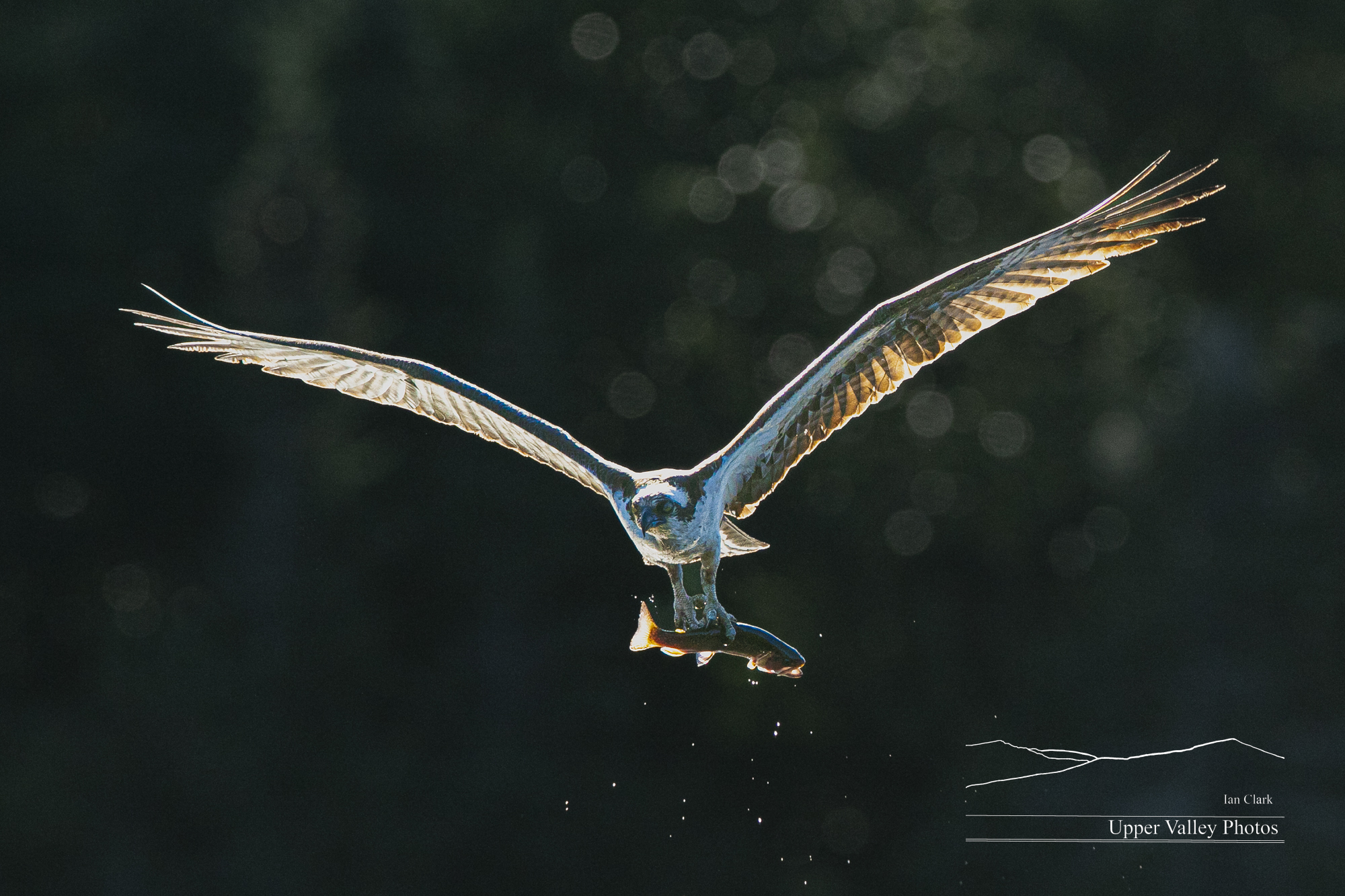



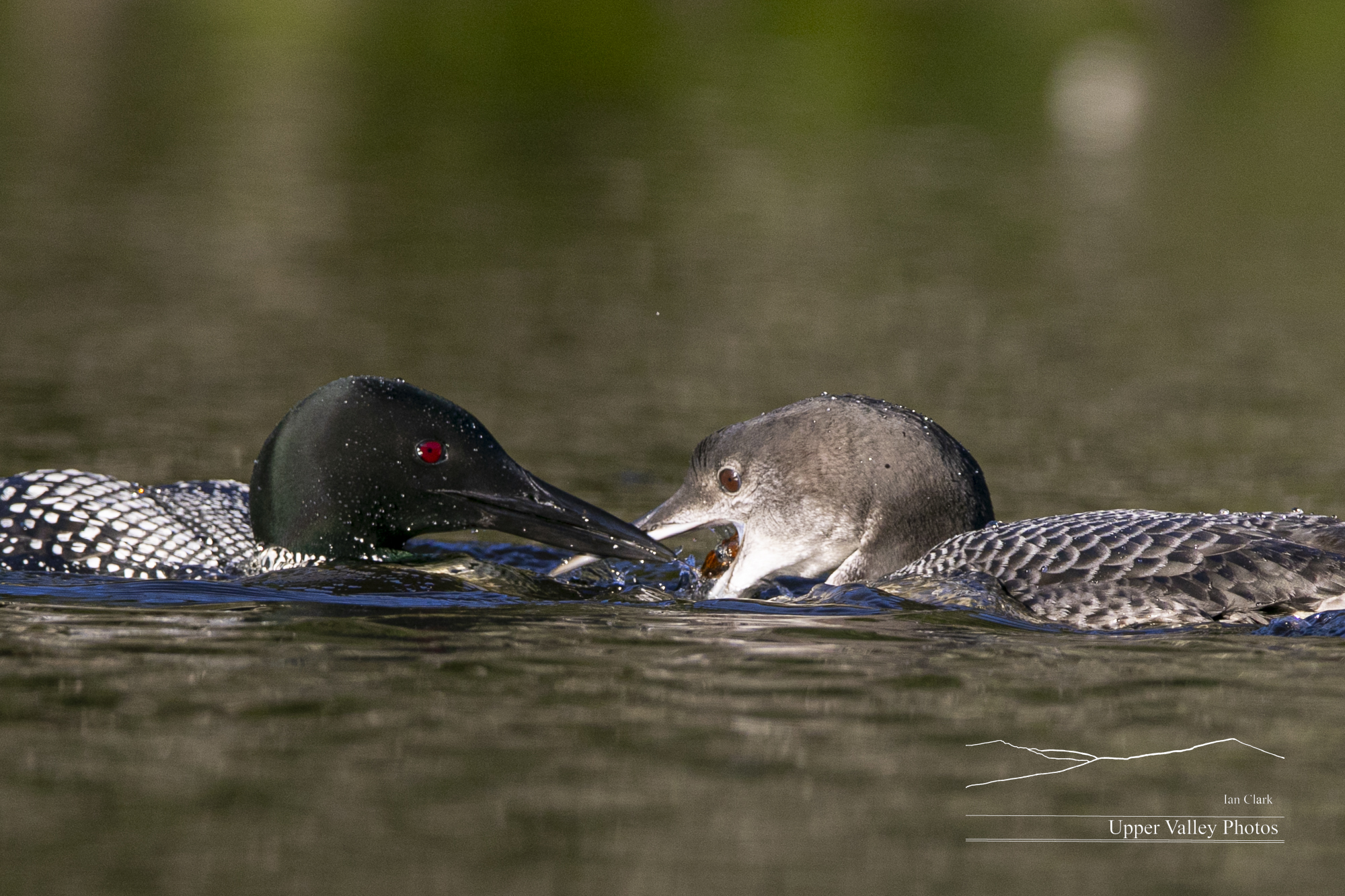

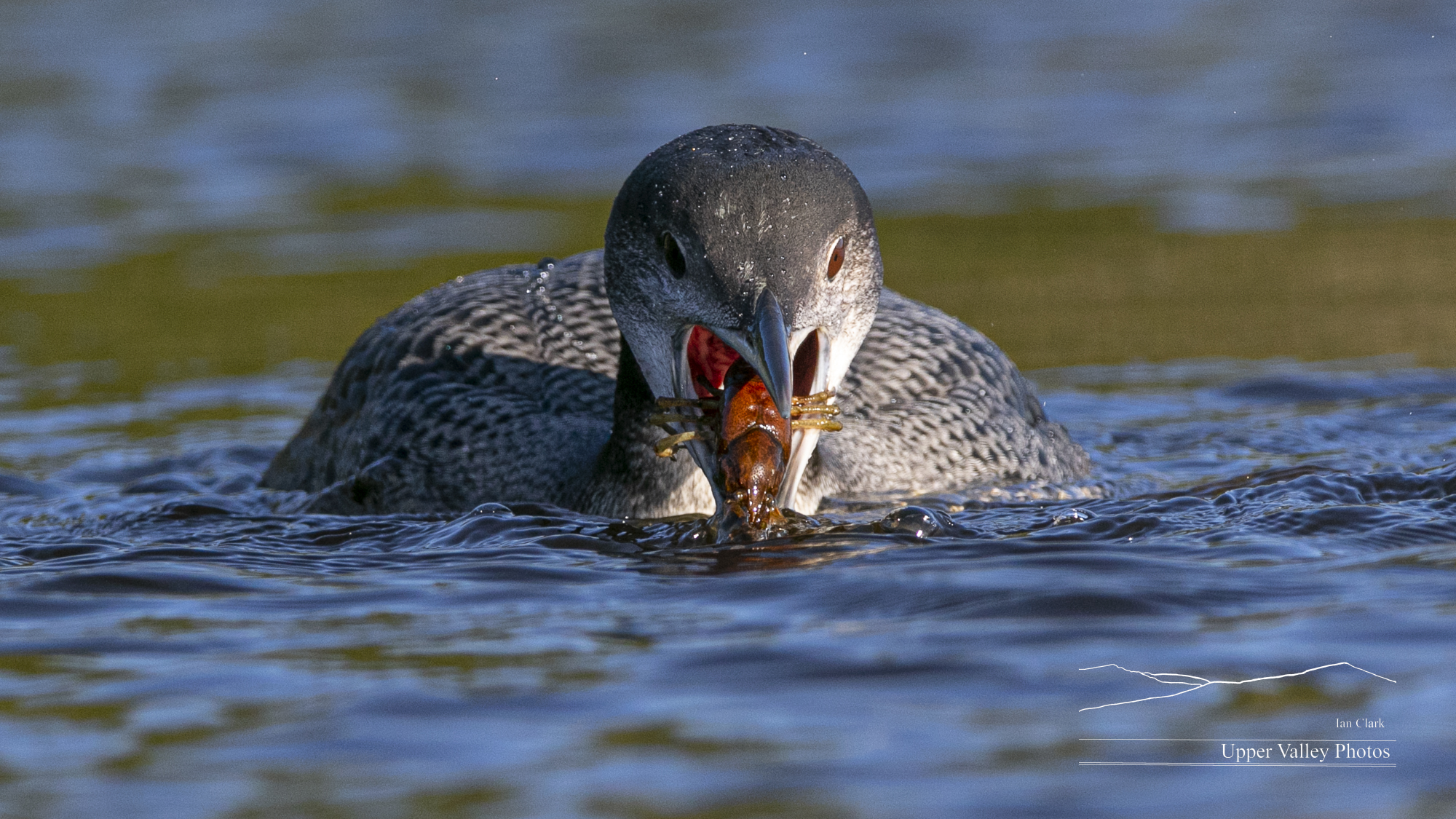
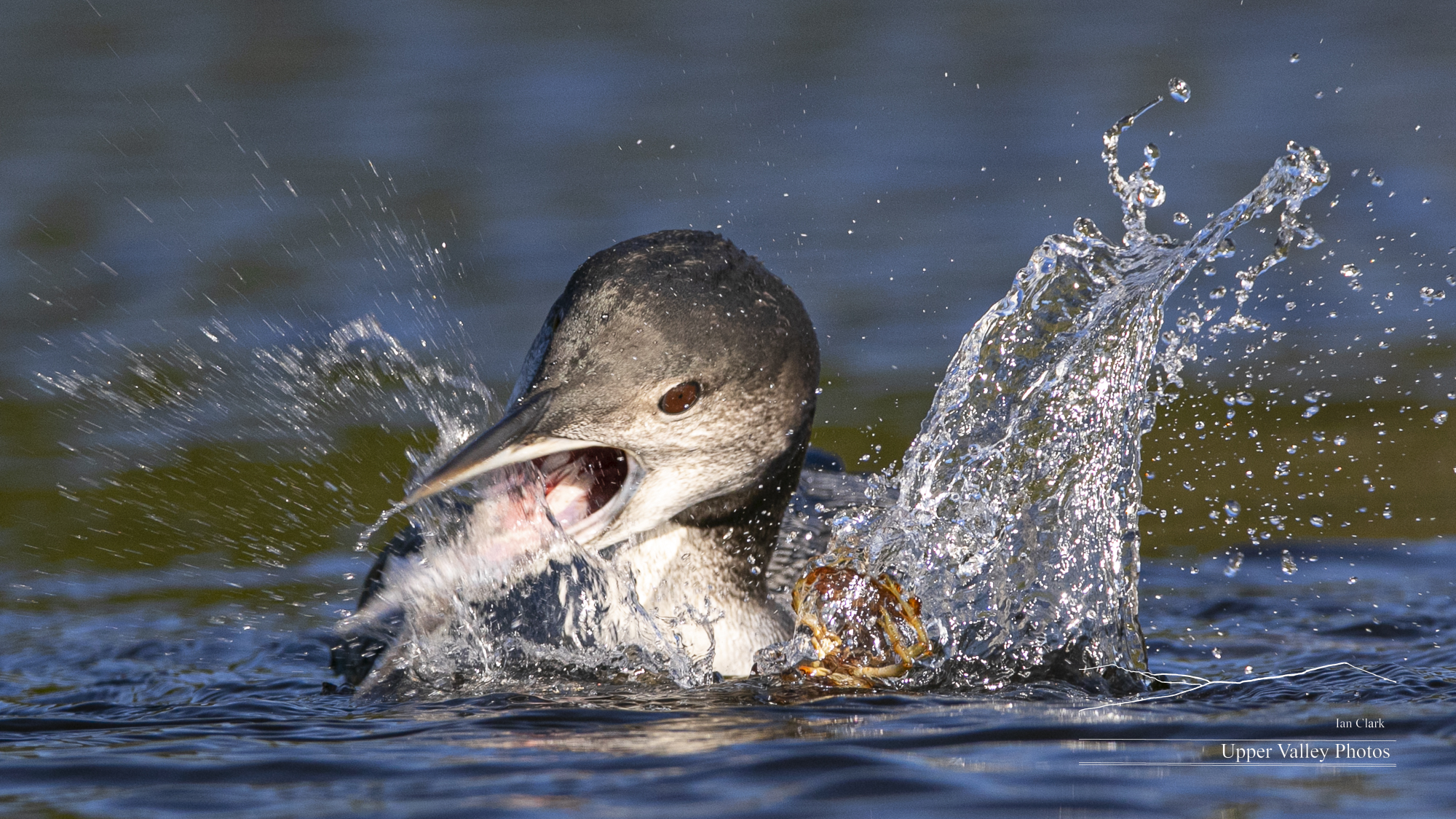
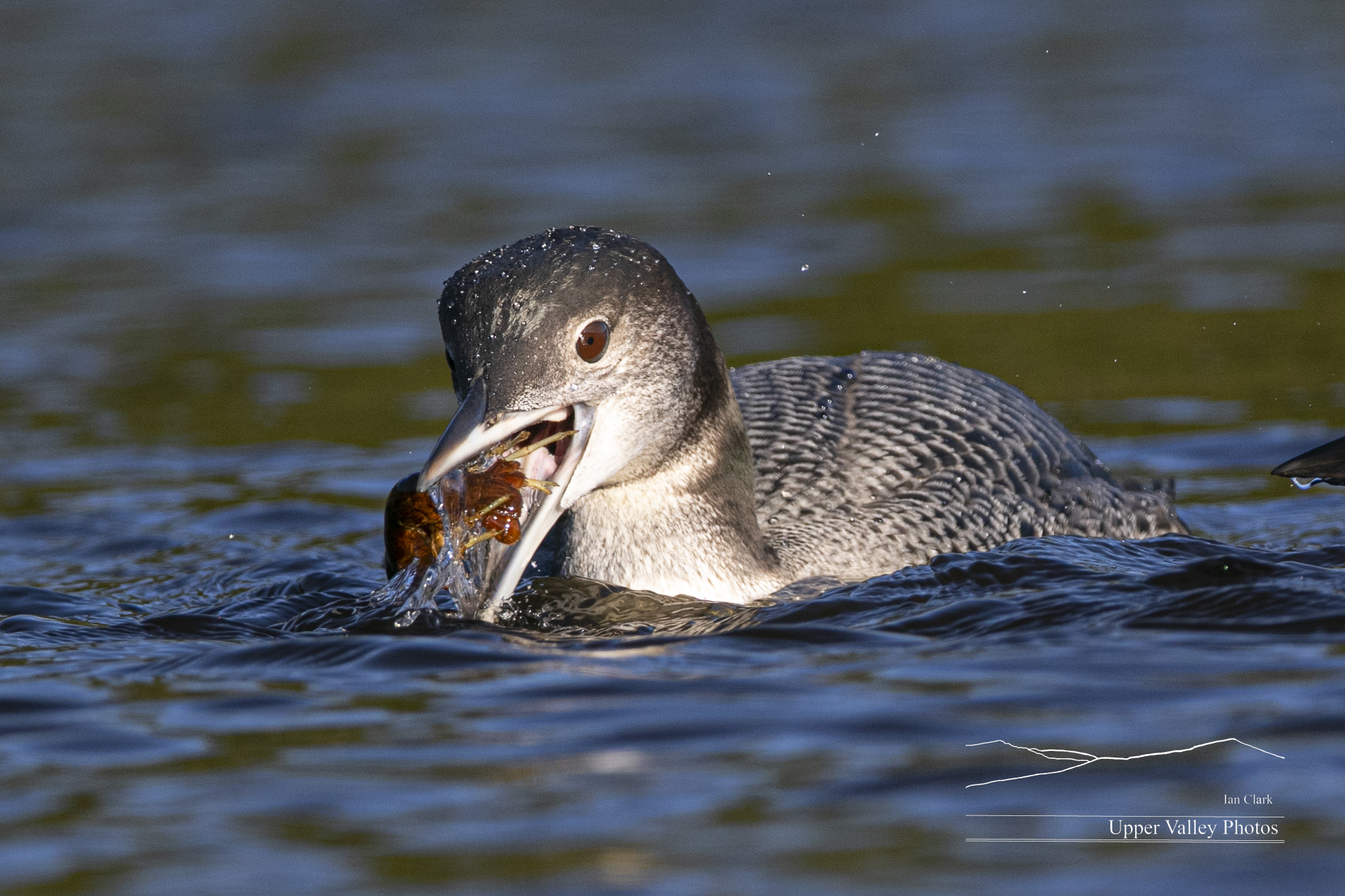
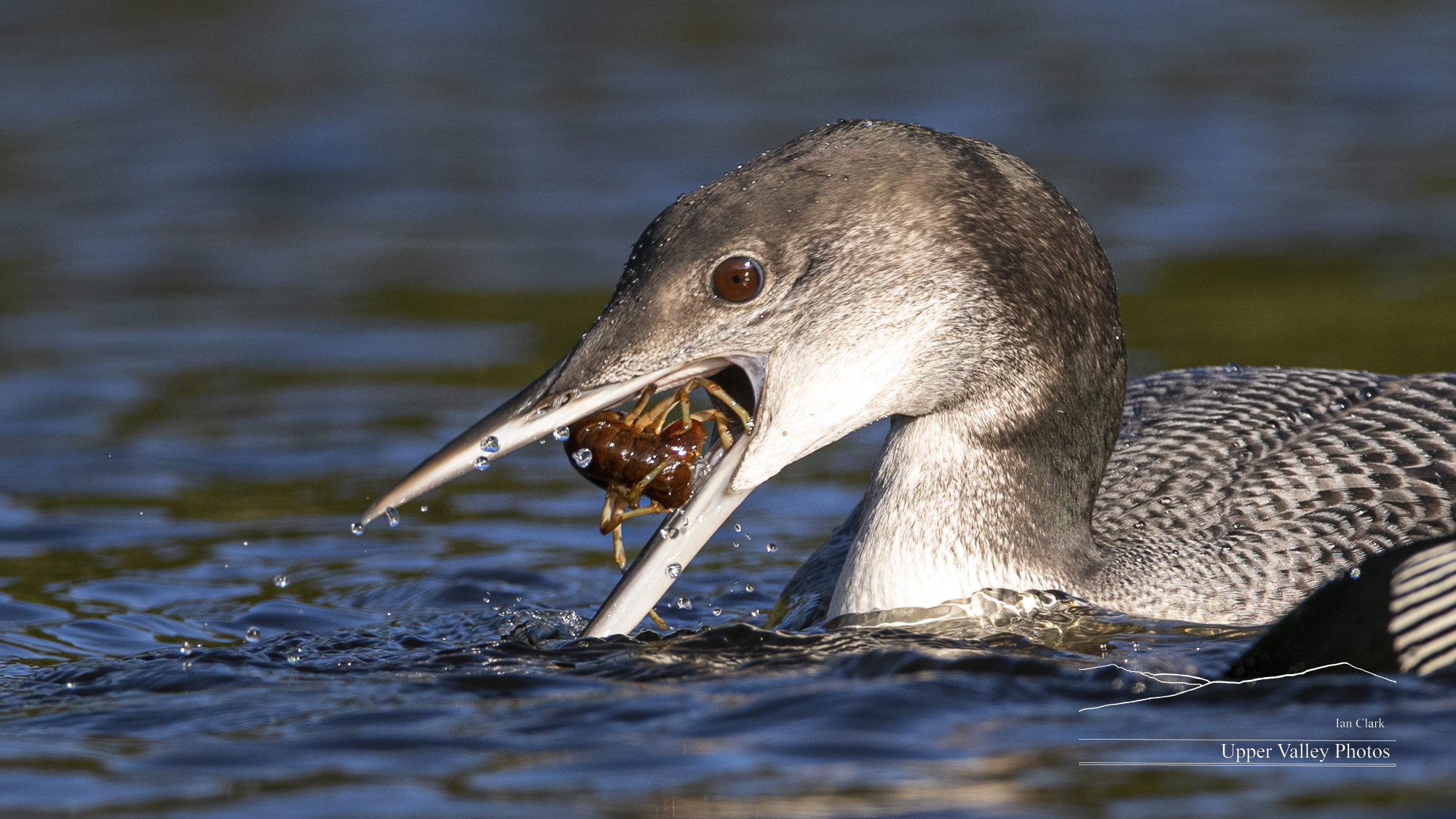
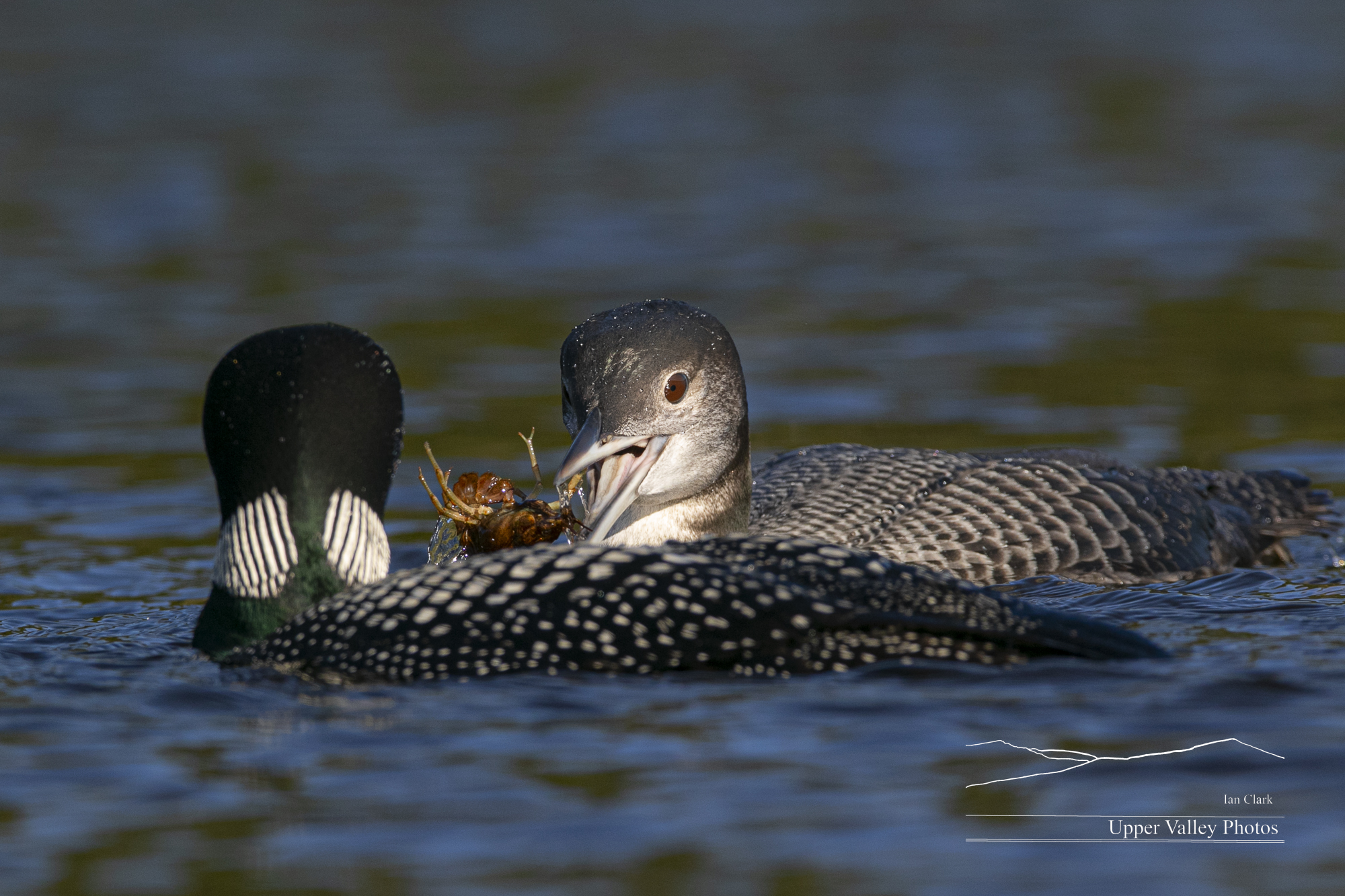
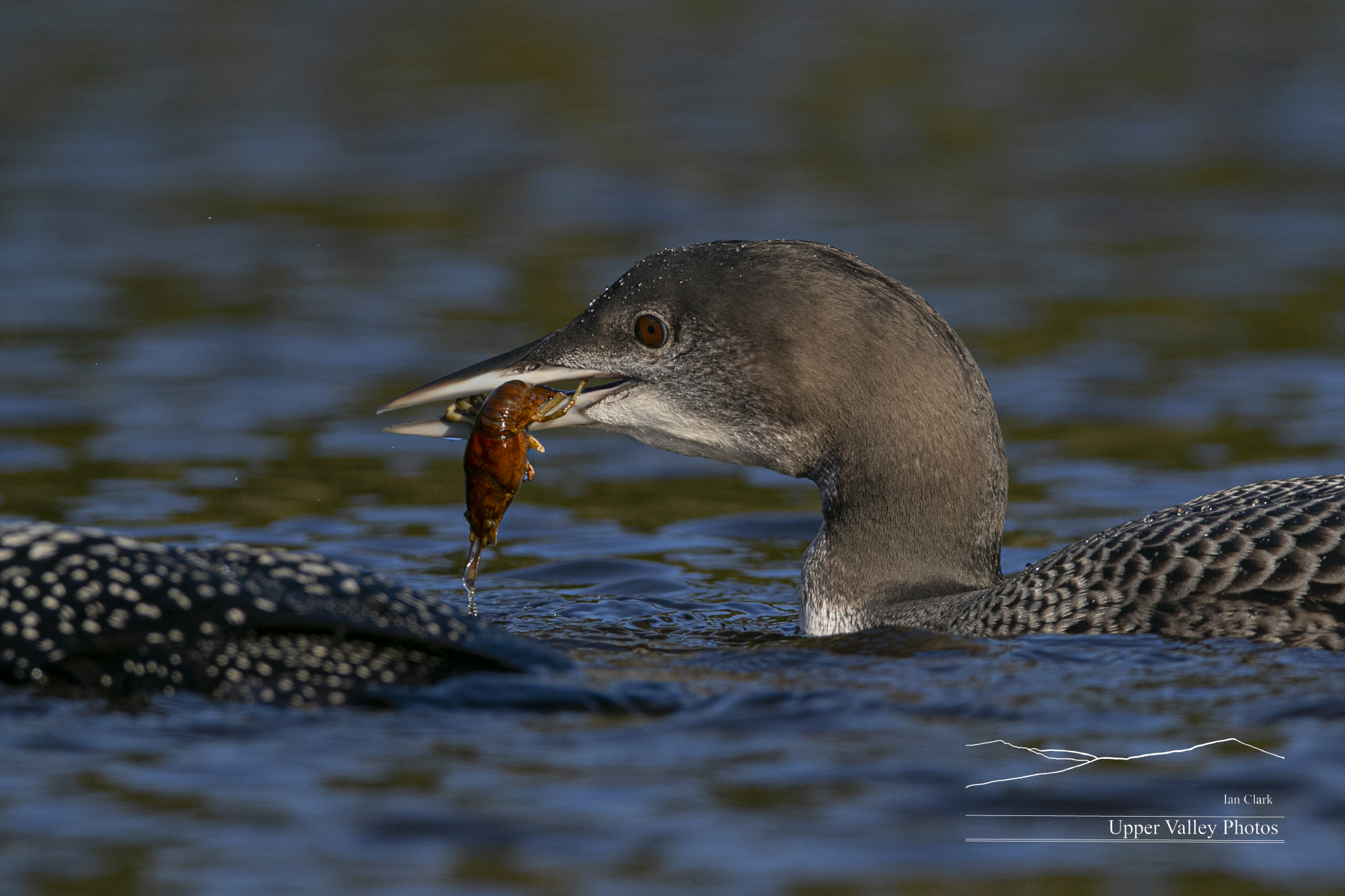
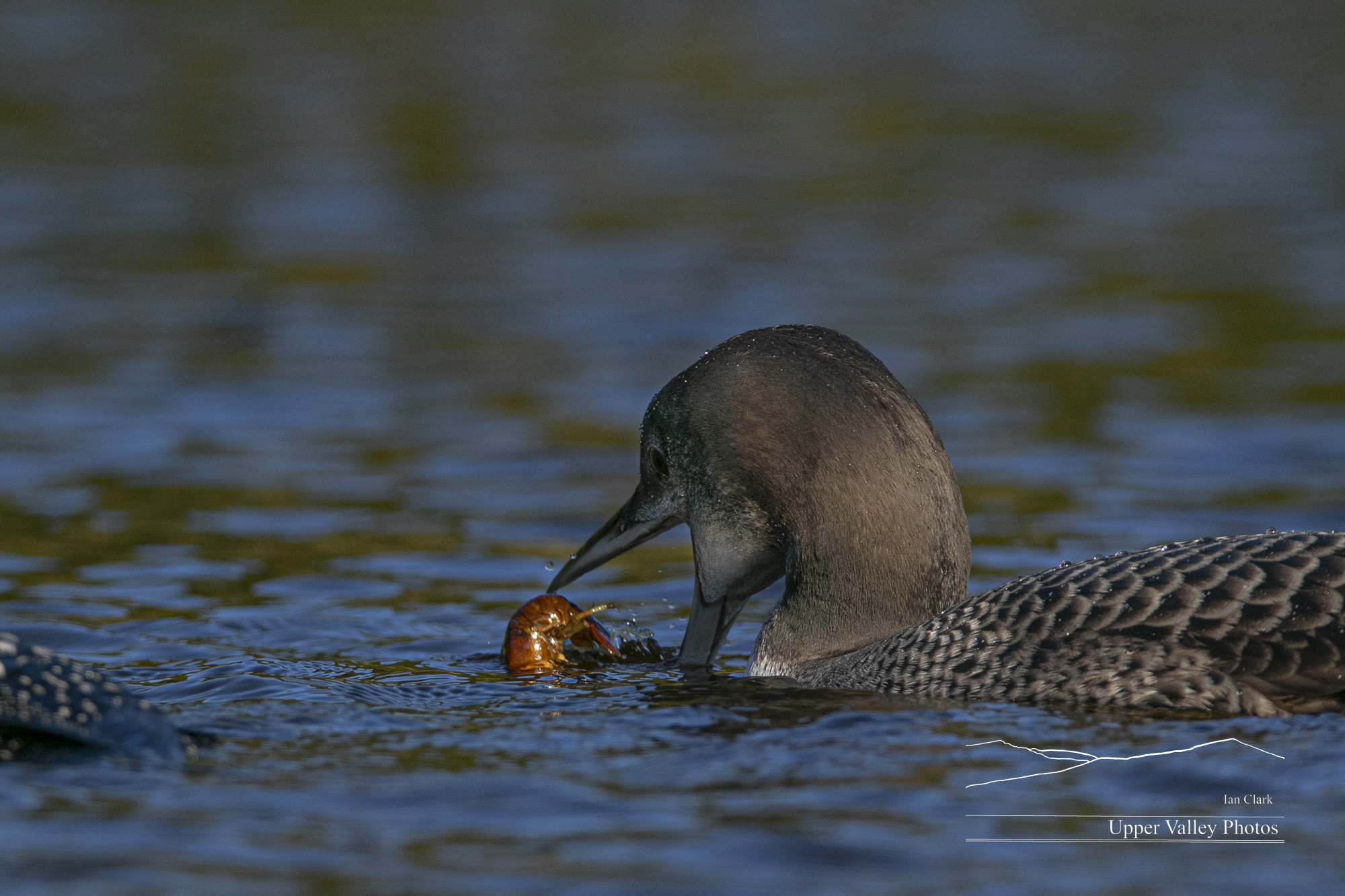
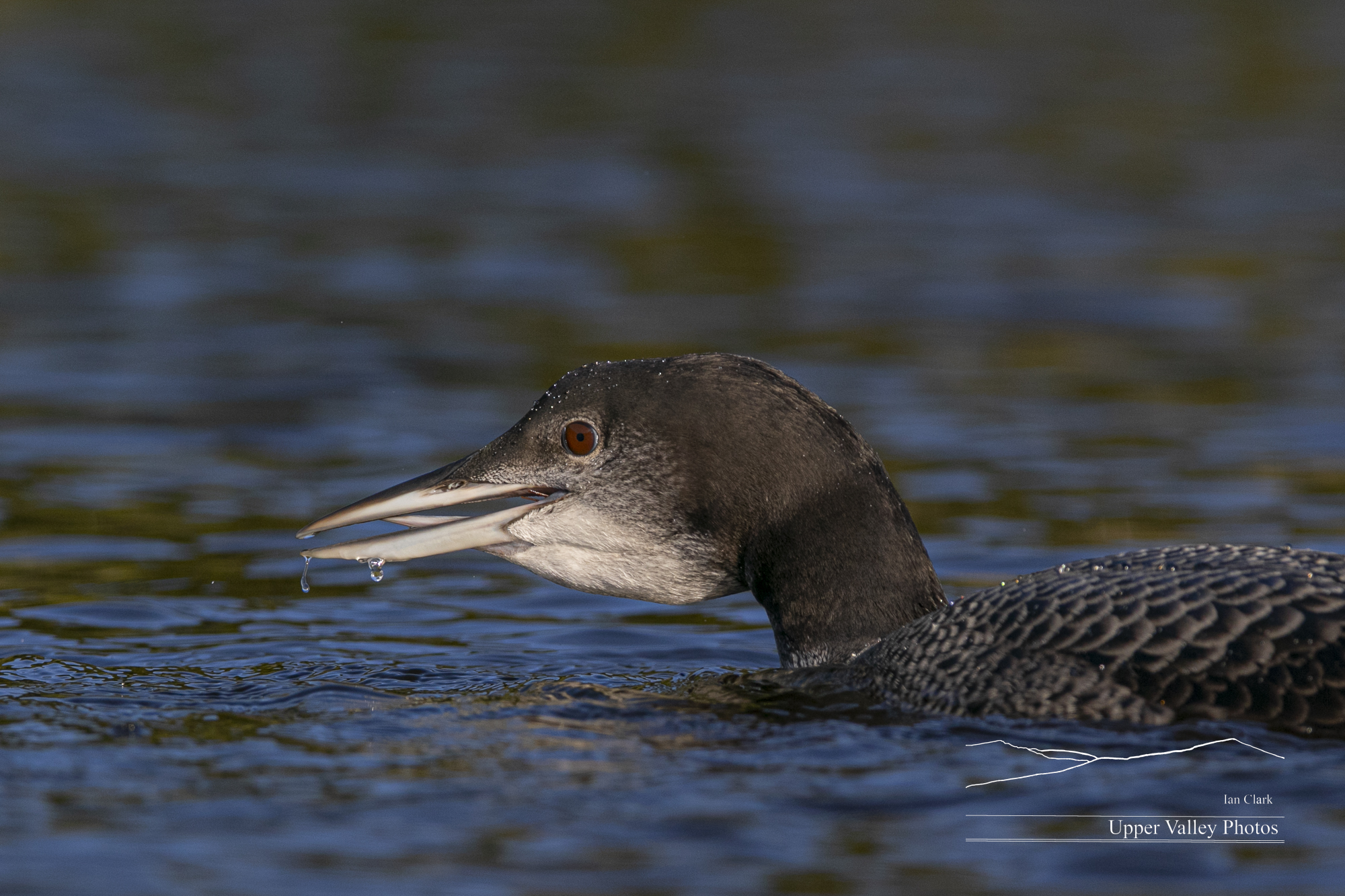
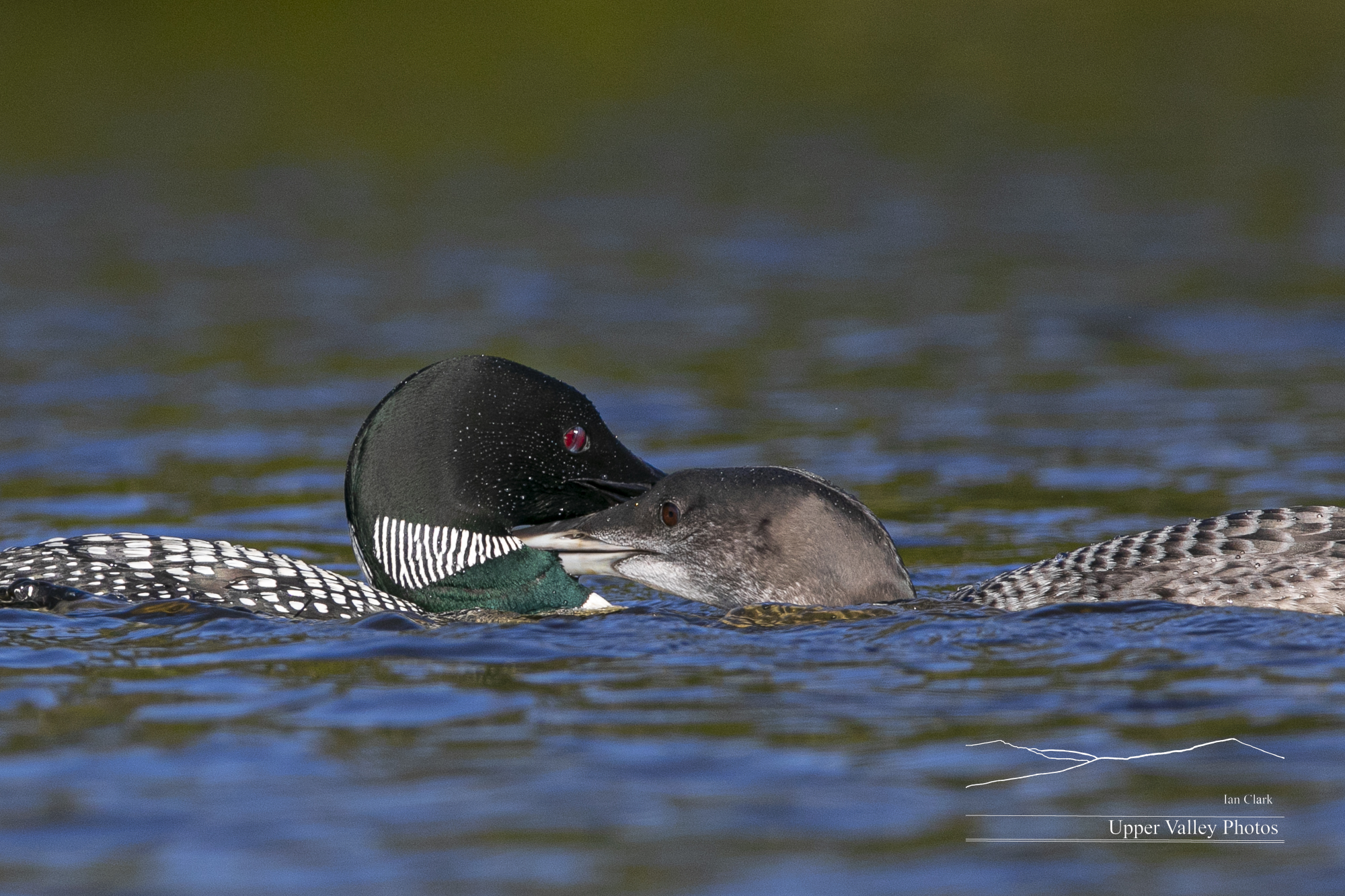
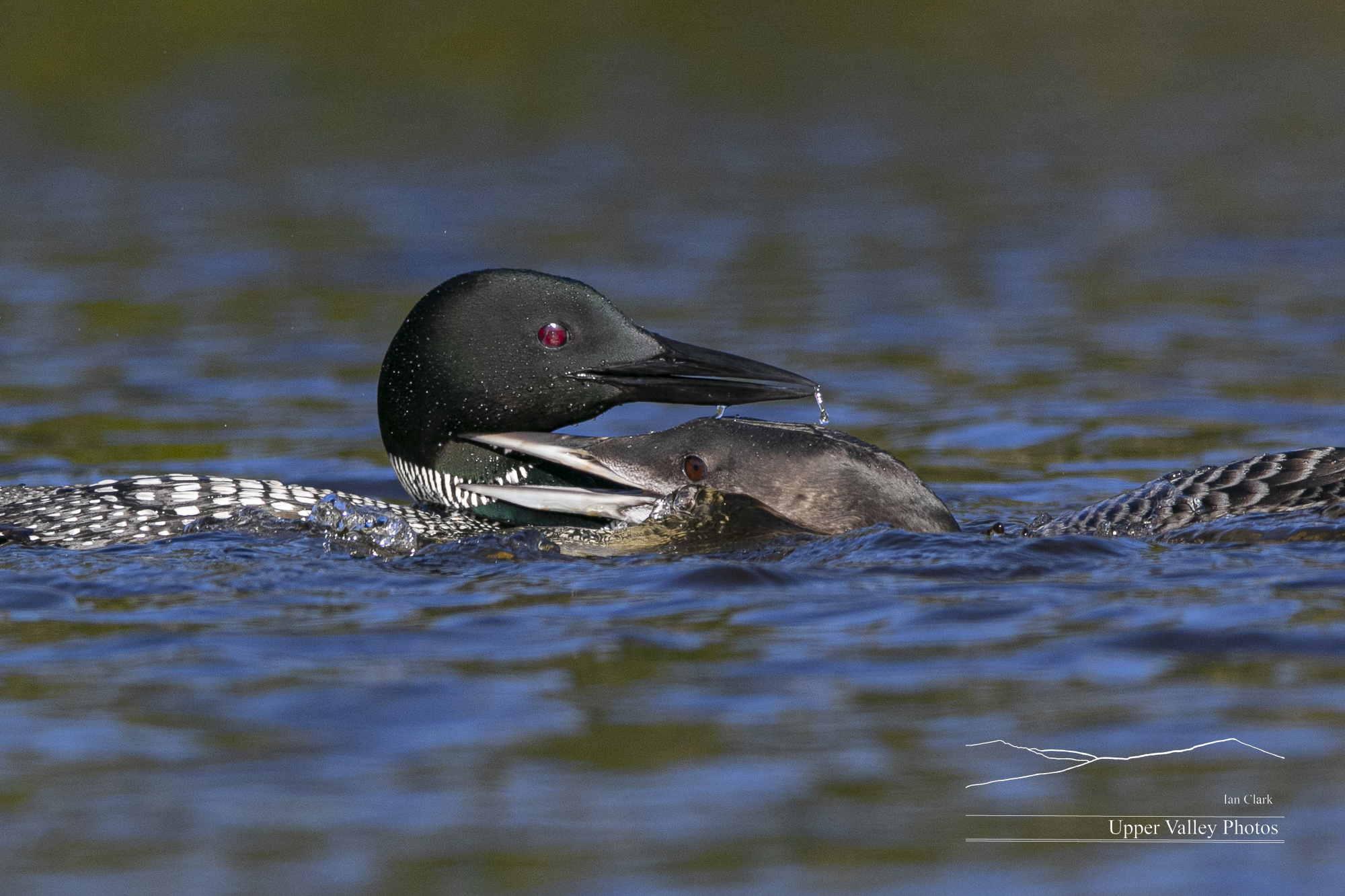


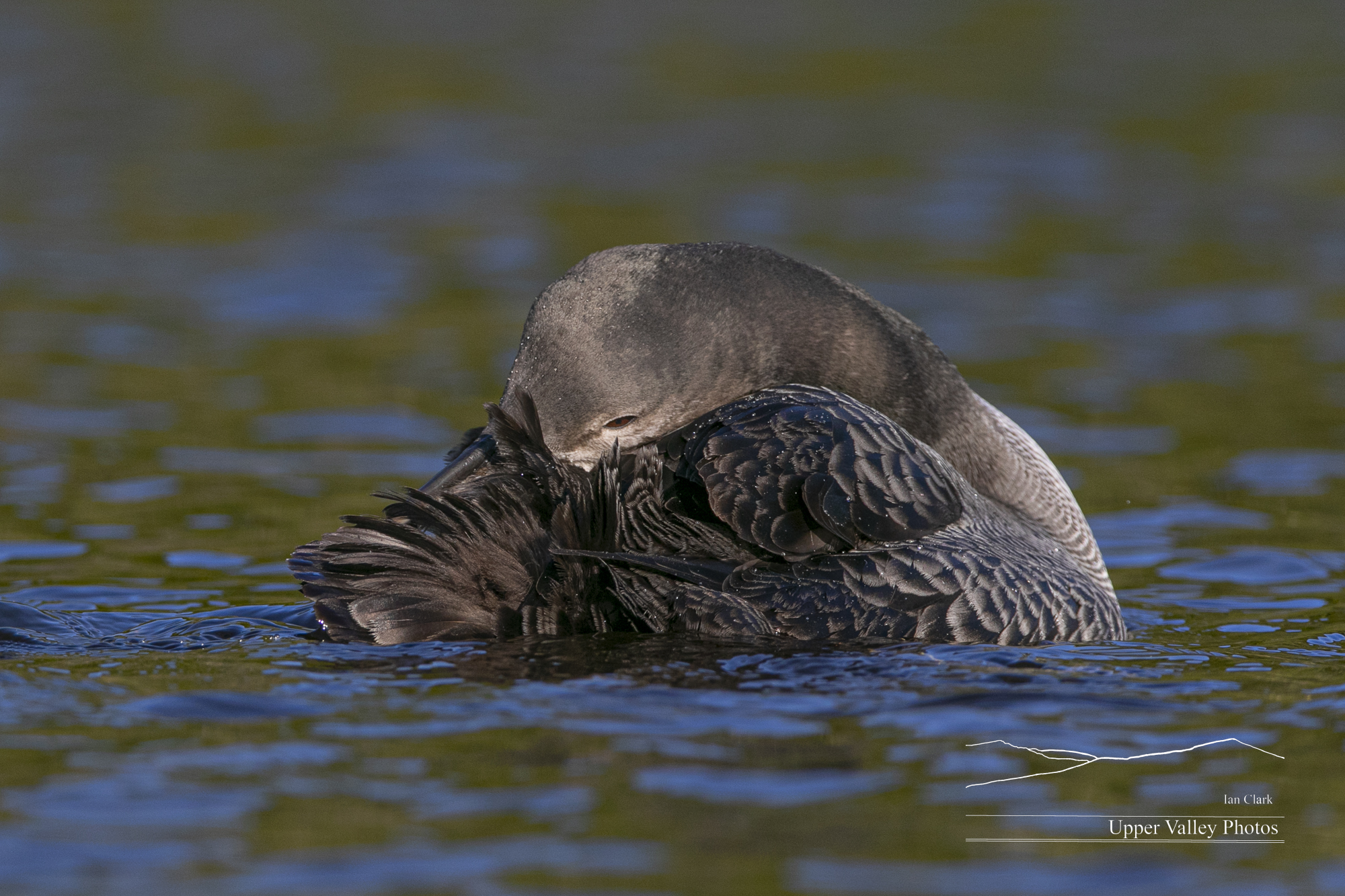


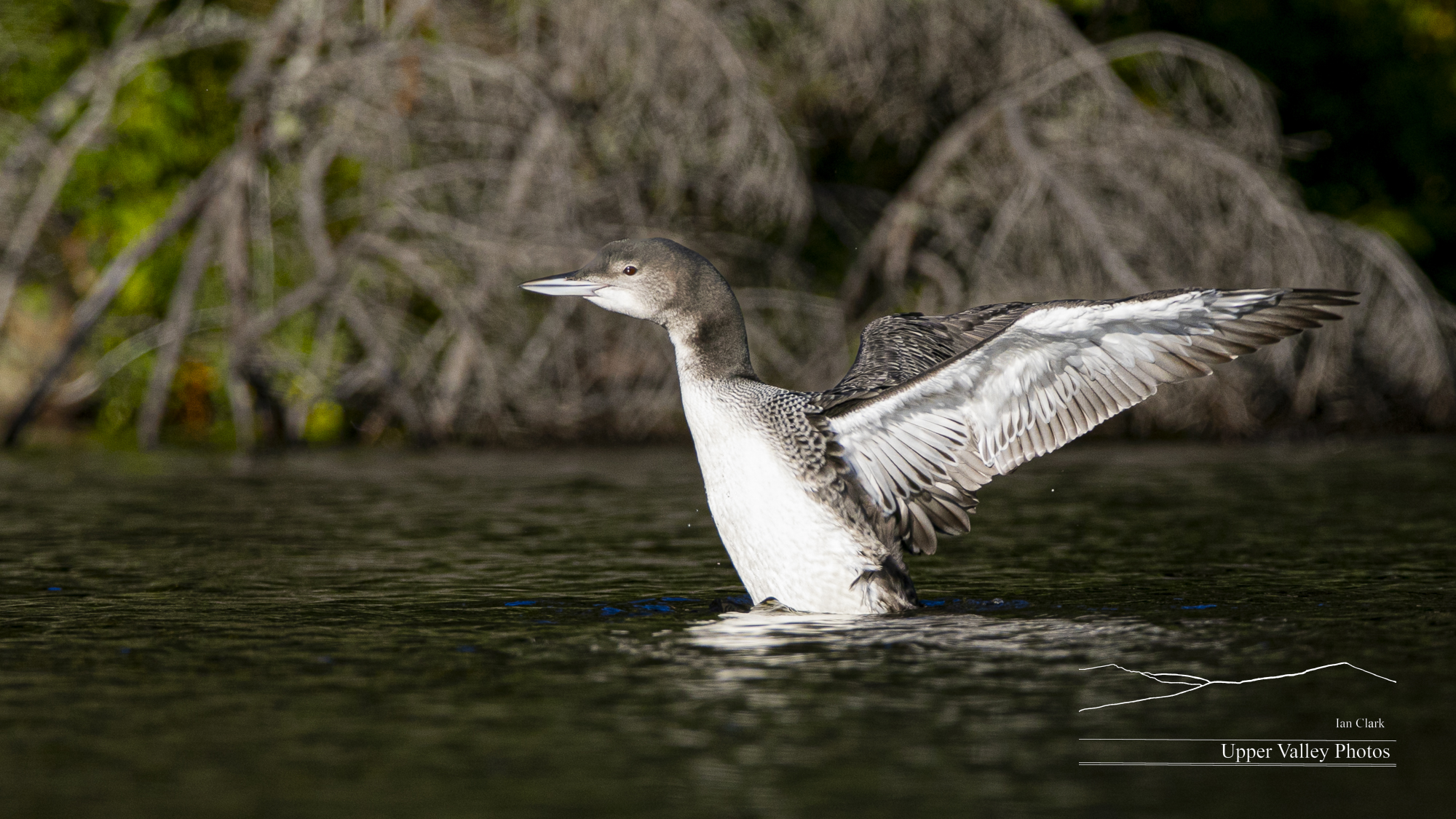
The trees on the hills around our pond are already turning a little rusty. We’ve got just a few weeks left before our family moves on.
Checking In With The Loons, August 4, 2021
Our loon family with two chicks was receiving visitors yesterday morning, August 3. The chicks are now 46 & 47 days old. They both appear to be doing well. They’re diving, and occasionally catching food, on their own. But, they’re always hungry and encouraging the parents to feed them.
The loons will have to take a brief hiatus. I’ll be down at the League of New Hampshire Craftsmen Fair for through August 15. I’ll resume the story as soon as possible after the Fair.



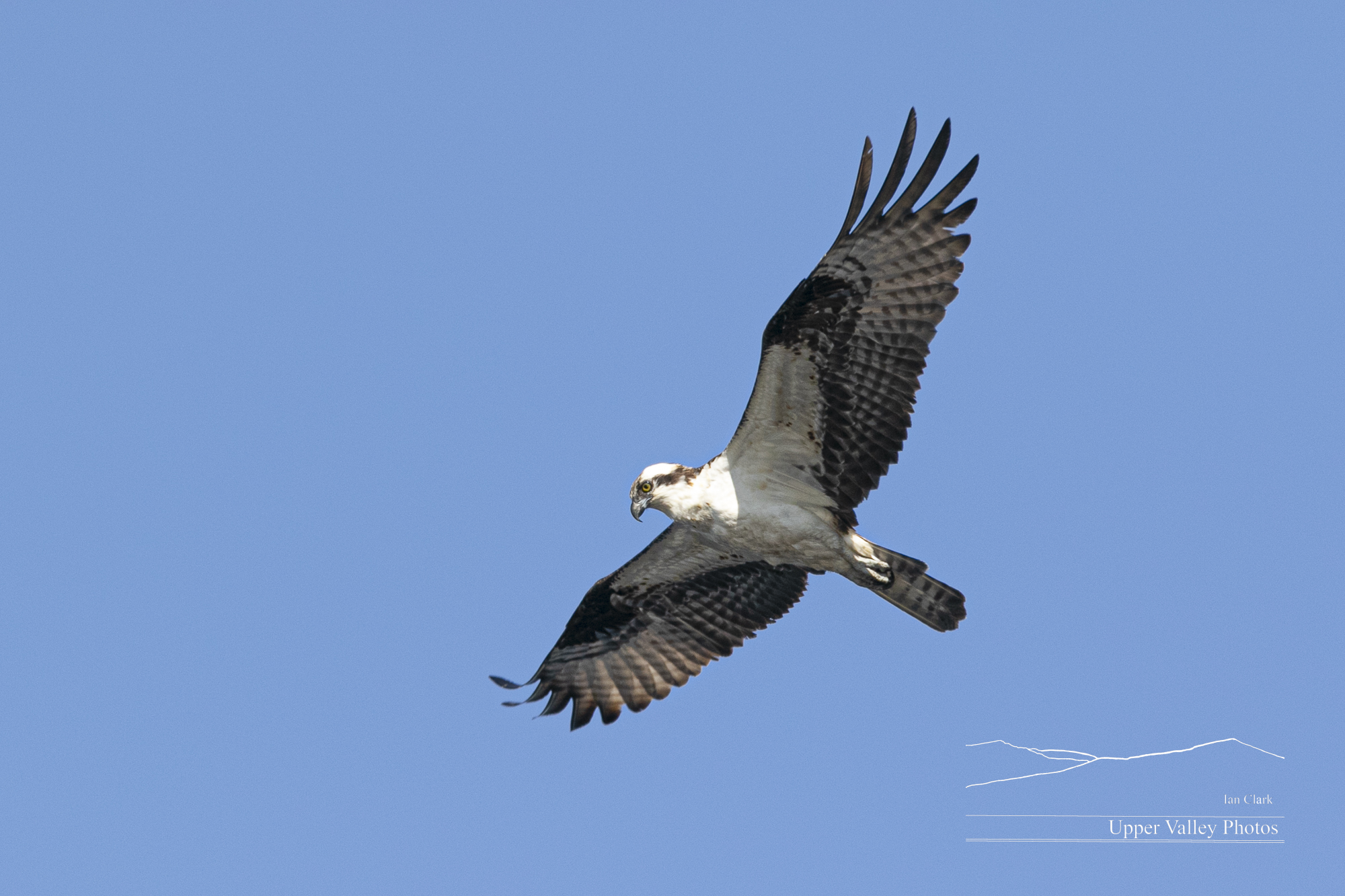


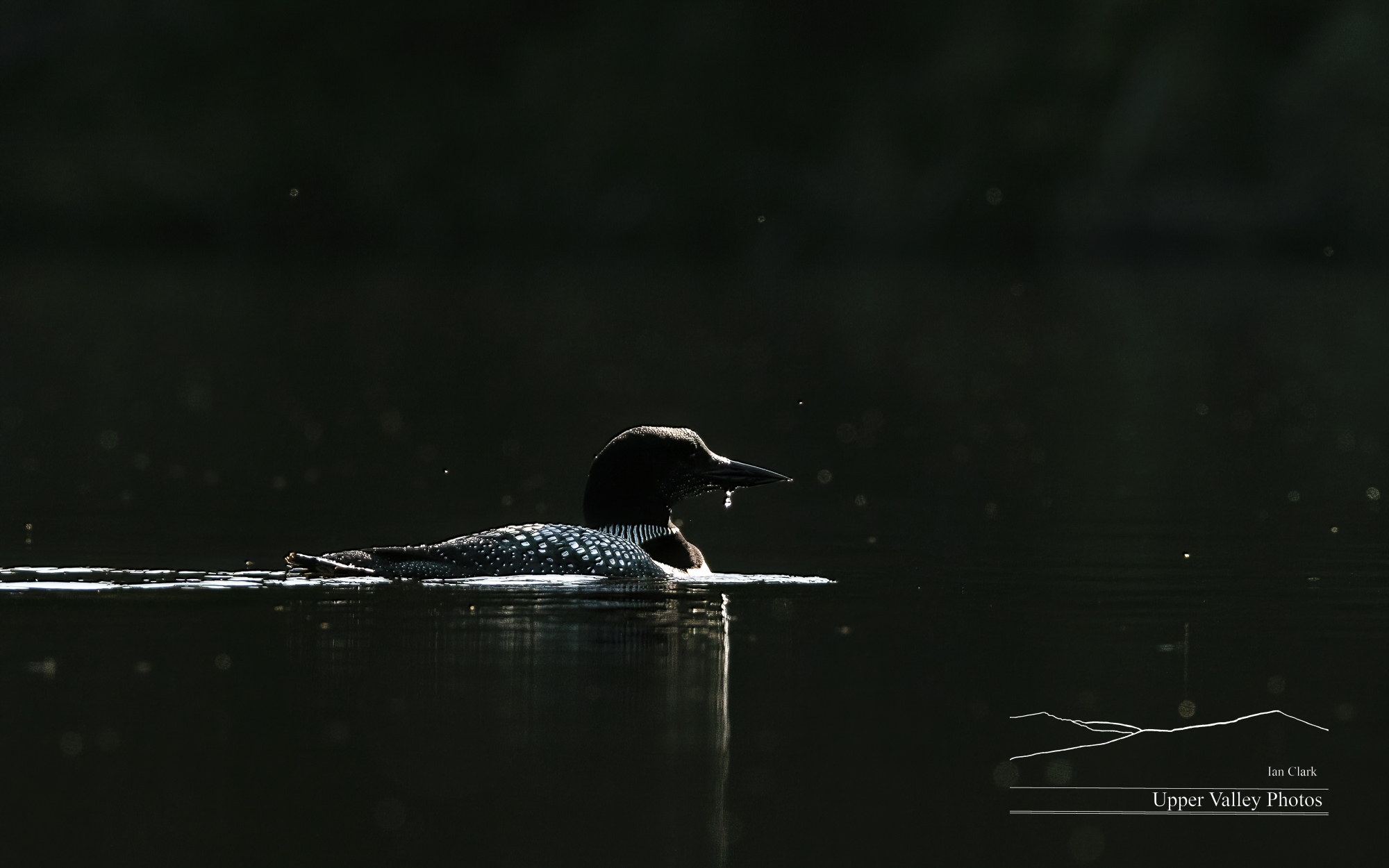
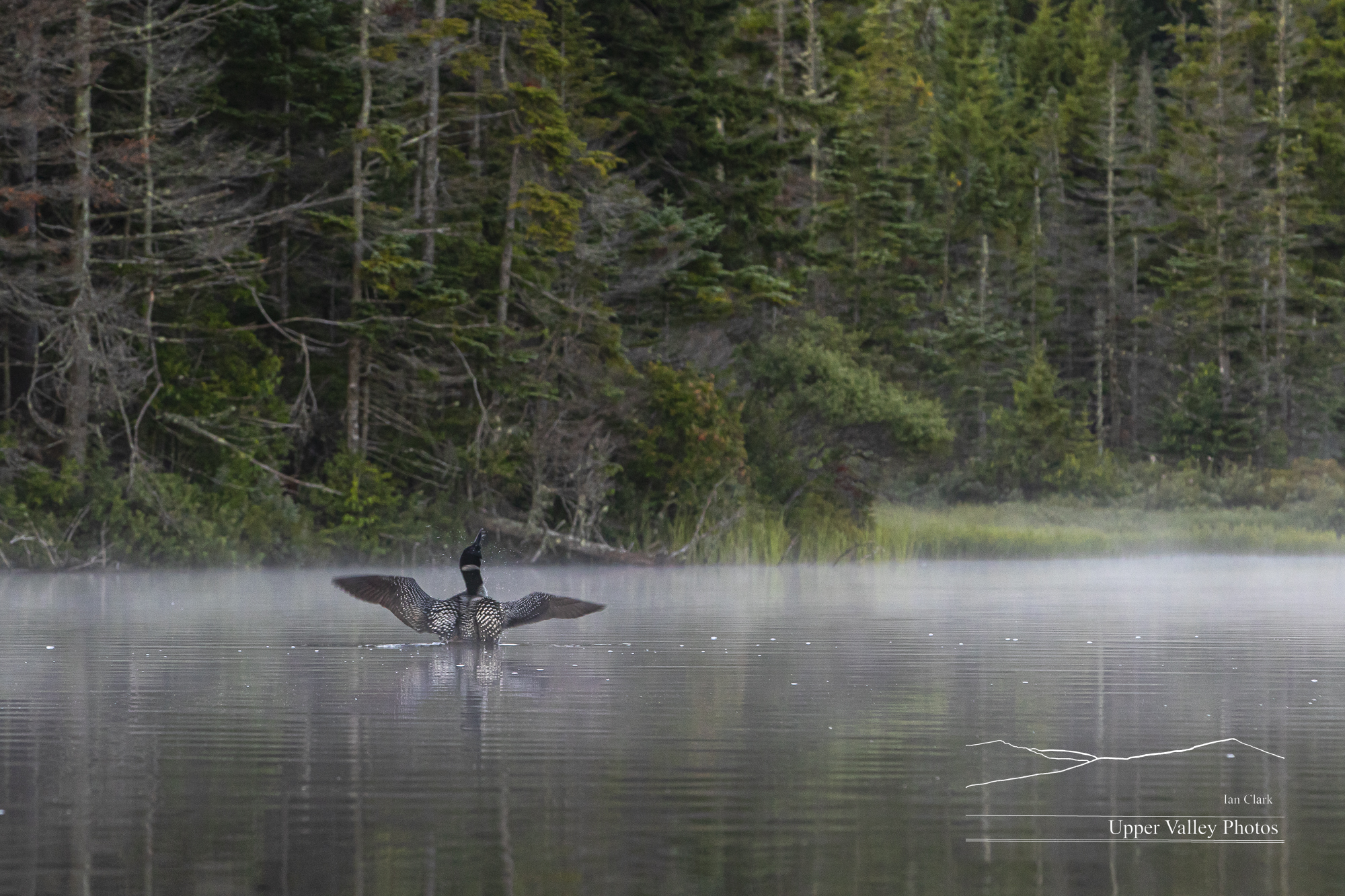
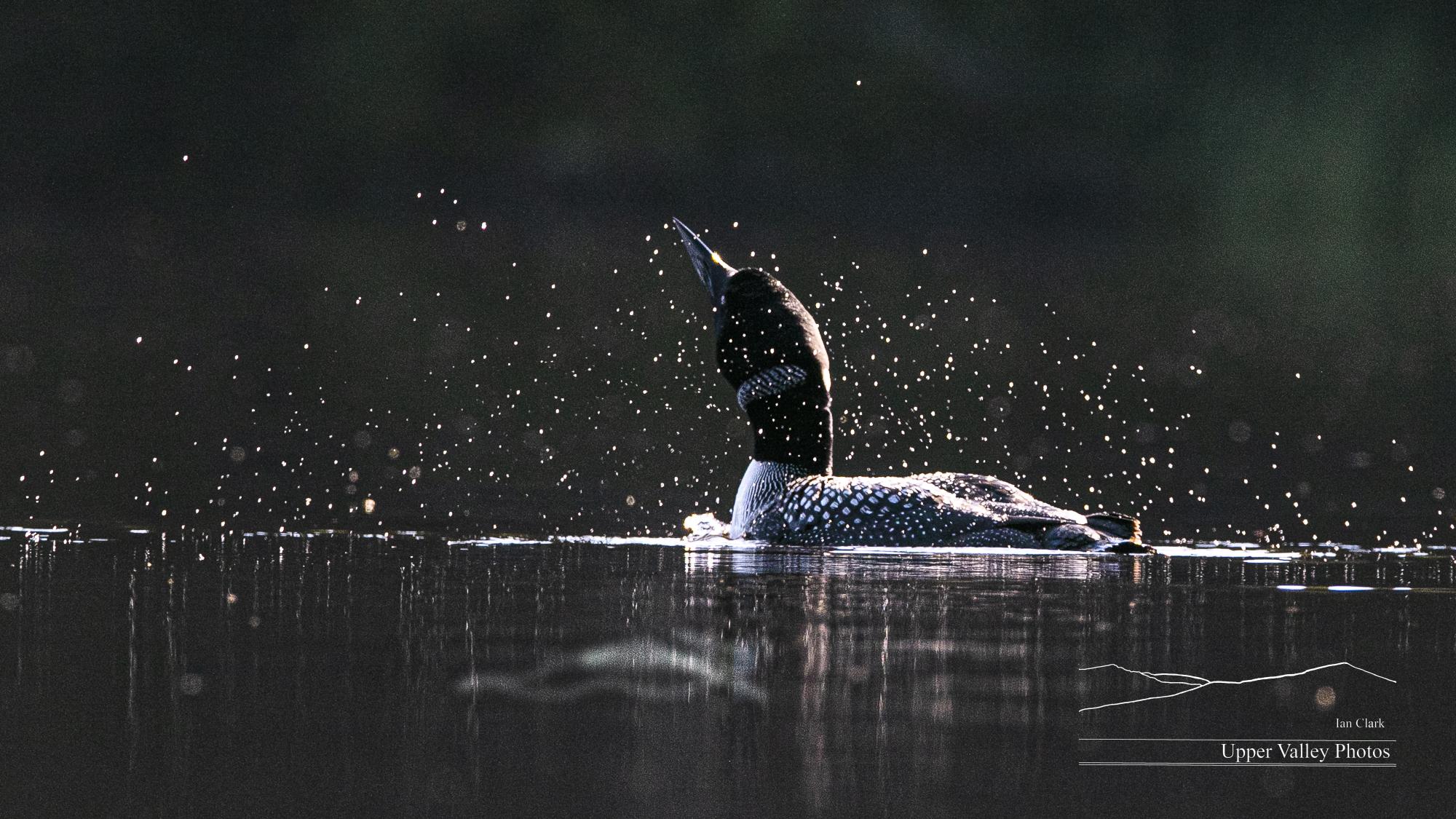
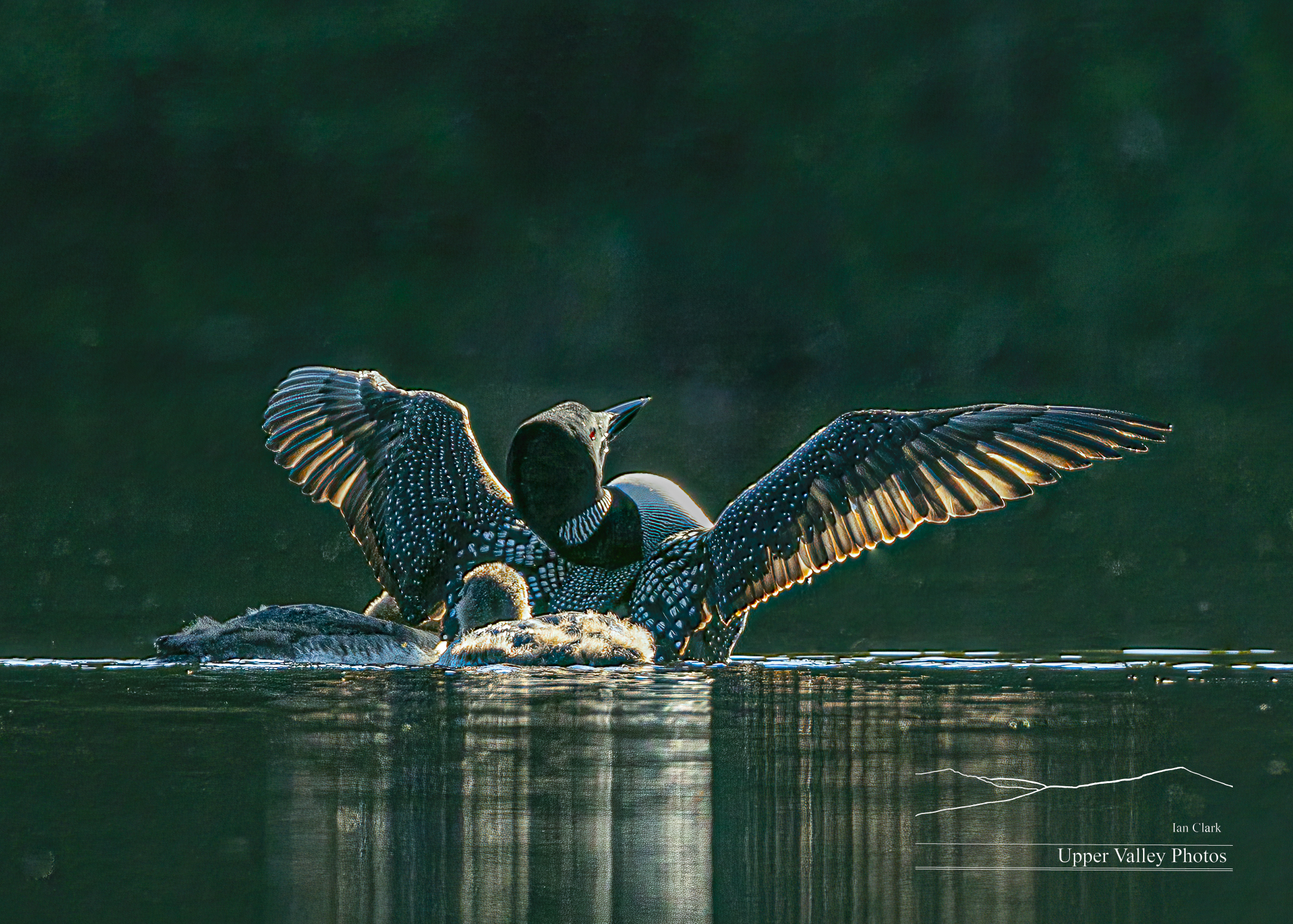
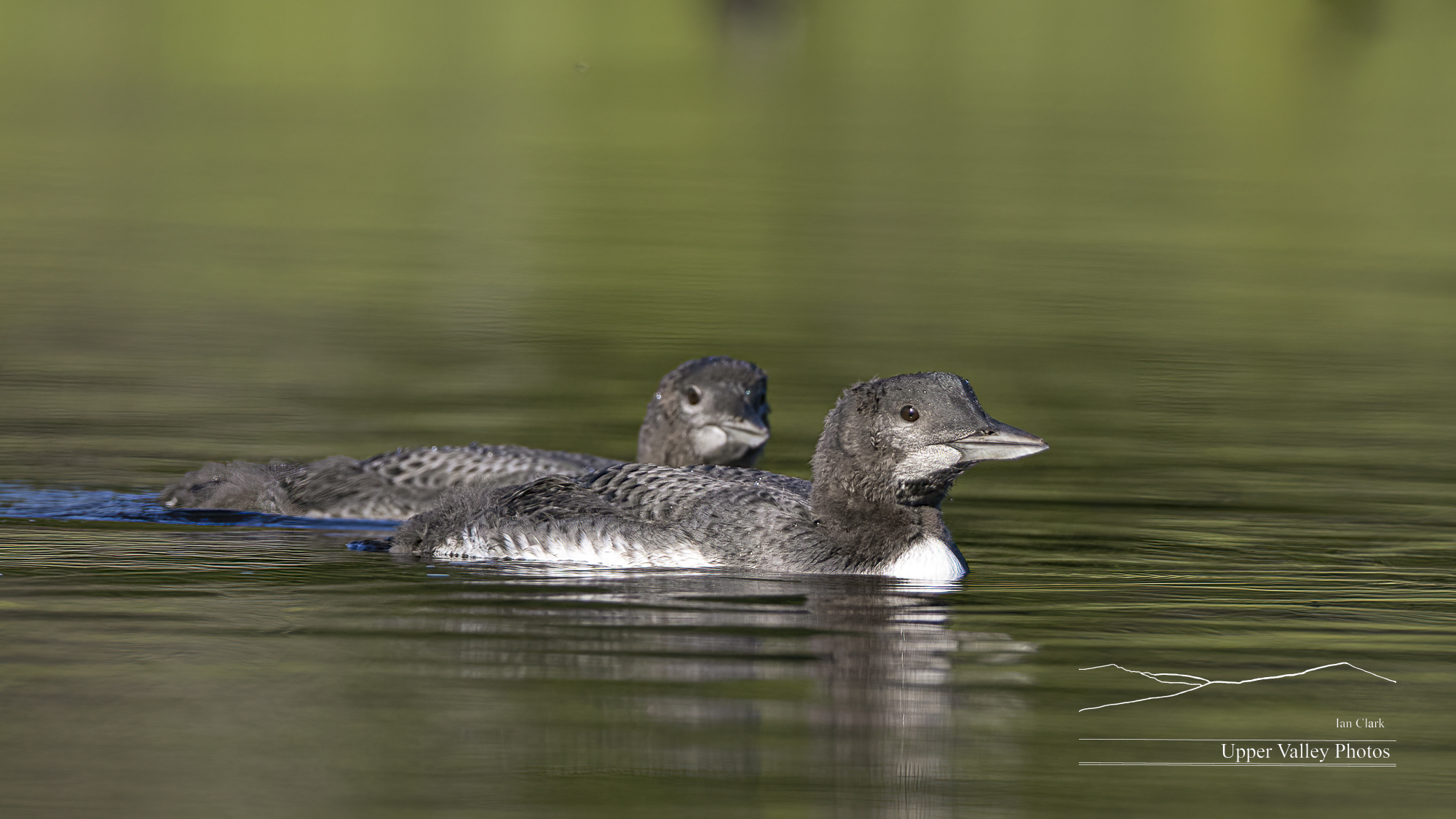
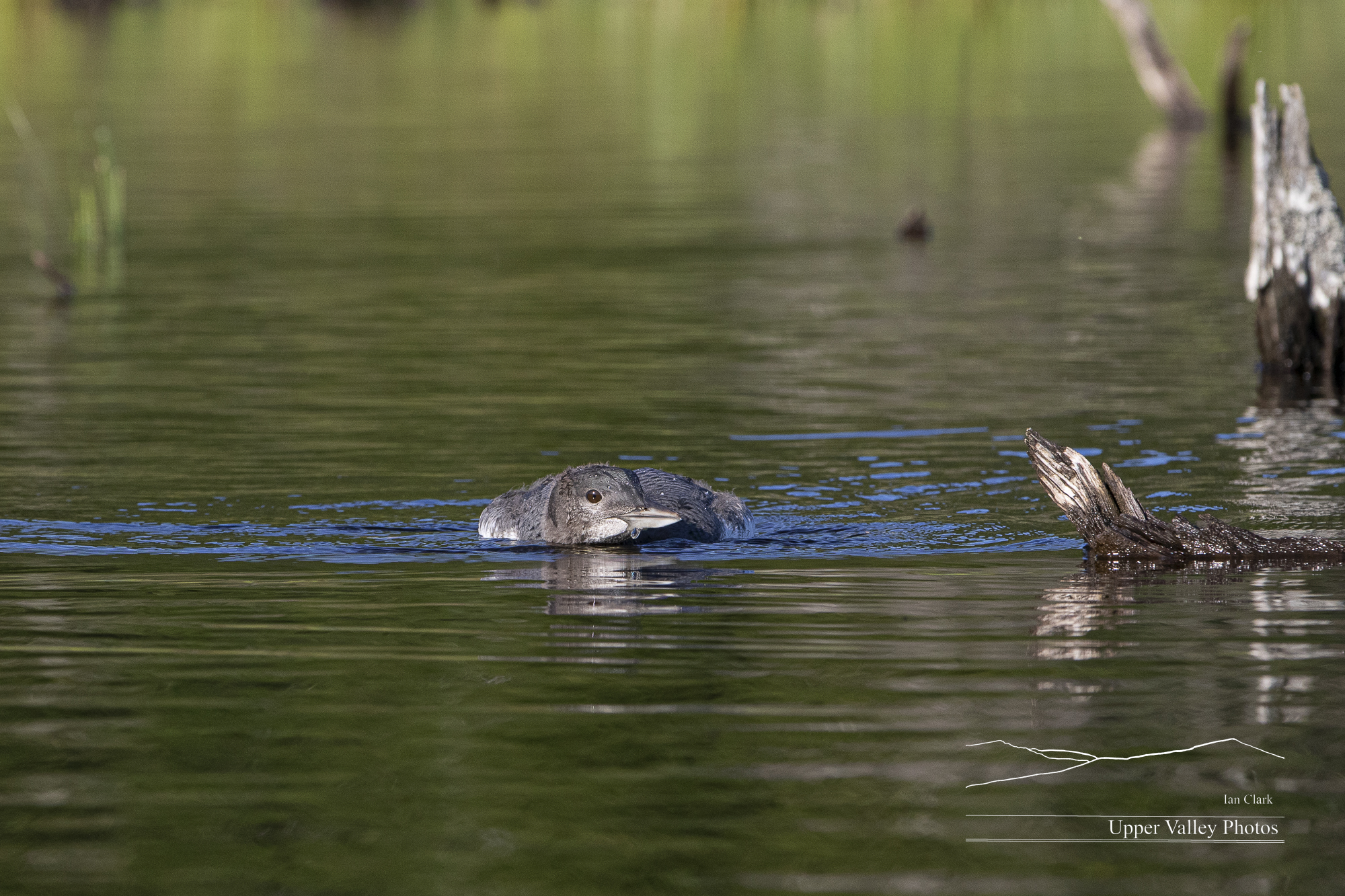

Finally! The Swallow Chick Fledges, July 21, 2021
Our surviving tree swallow chick left the nesting box this morning. Mom moved him off to the brush along the edge of the yard. That may be the last we see of him.
Swallow Update July 20, 2021
Our little tree swallow is STILL with us. He’s? been curious and looking out much of the day. He sits in the door to the box and looks out, but has always backed down and returned to the box. I wasn’t around much of the morning, but when I was, Mom was calling to him. I haven’t seen Dad for a couple days now.
Our song sparrows have decided the mulch around the azaleas in front of the deck makes for a good dirt bath. Took me awhile to figure out what was making the noise that sounded like a bear rummaging through the shrubs.
Swallow Update July 19, 2021
Ok, I’m gonna start calling this guy Michael Rotondo as he doesn’t want to leave. Mom has been calling all day – can birds go hoarse? She’s popped in a couple times with food for the chick. Dad seems to have given up feeding the chick.
Our hummingbirds have returned in force. Over the last couple weeks, we had occasional visits to the feeders. Rarely did two birds show up to contest the feeder. Yesterday, I noticed we’ve once again got a full time battle in progress. There’s one male that sits on the nearby perch and chases off any other males and some of the females that dare try use his feeder. At one point this afternoon, we had six birds in full swoop to decide who got to feed.
Swallow Update July 18, 2021
Mom appears to have decide it is time for Junior to get a move on. She’s been sitting on the perch in front of the box calling almost all day. She’s made only a couple trips in to feed the chick. We haven’t seen dad feed the chick all day. But, the chick just isn’t ready to go. He’s? spent much of the day peering out the entrance. A couple times we thought he was ready to go, but he always turned back.
Swallow Update July 17, 2021
Our tree swallow chick hasn’t decided to venture out yet. He’s? curious about the world, spending more time looking out. Mom and dad continue to feed him, but also spent some time perched outside calling to him. The book says that last Wednesday was the first day he could have fledge, and that he may stick around until Thursday.
Swallow Update July 16, 2021
Our swallow chick remains in the box. Mom and dad are perched outside calling, but the chick doesn’t seem interested. We’ve had a couple hot, humid days. Maybe the chick is waiting for better weather? This is the third day since we could have expected him? to fledge.
Swallow Update July 15, 2021
Another day, another egg for our tree swallows.
